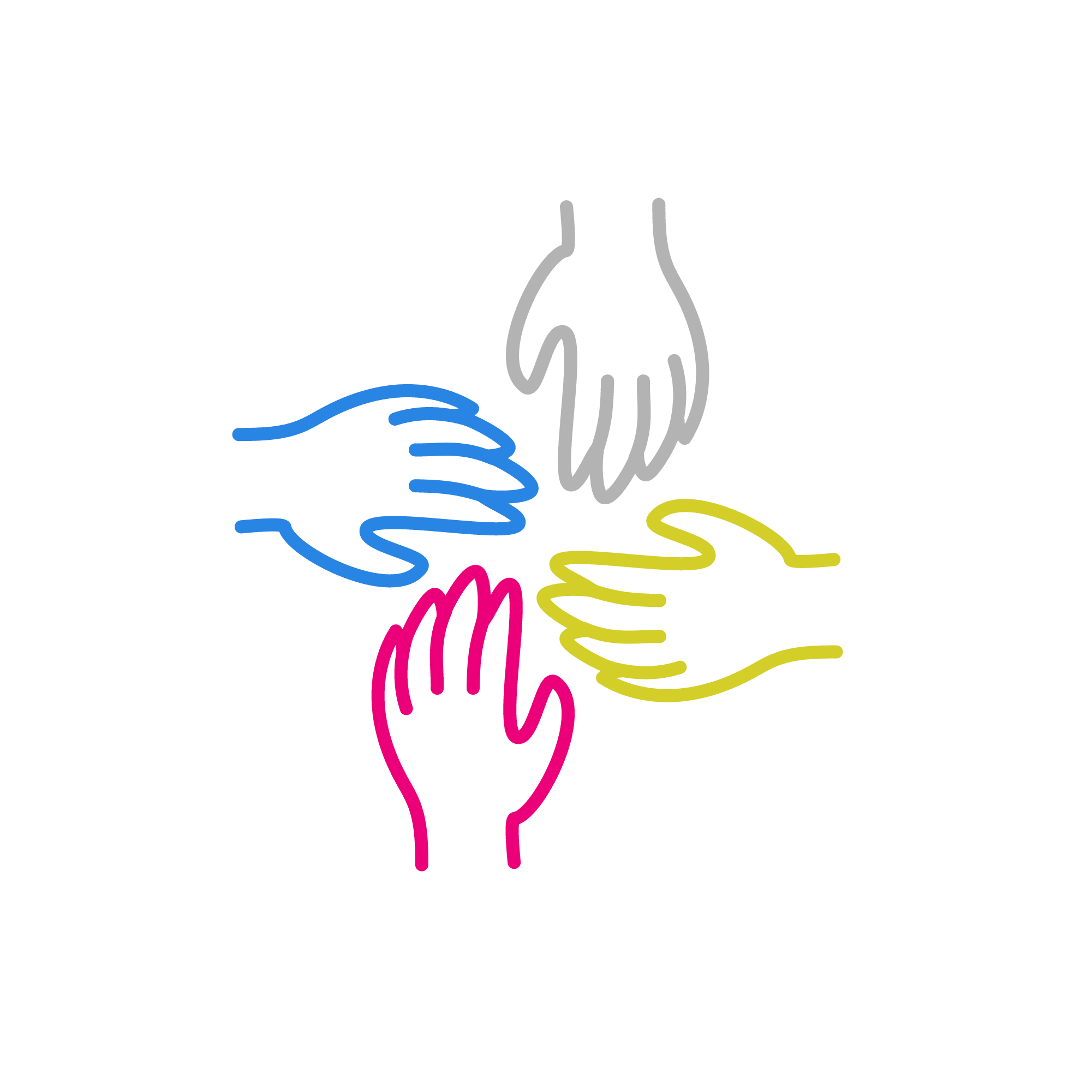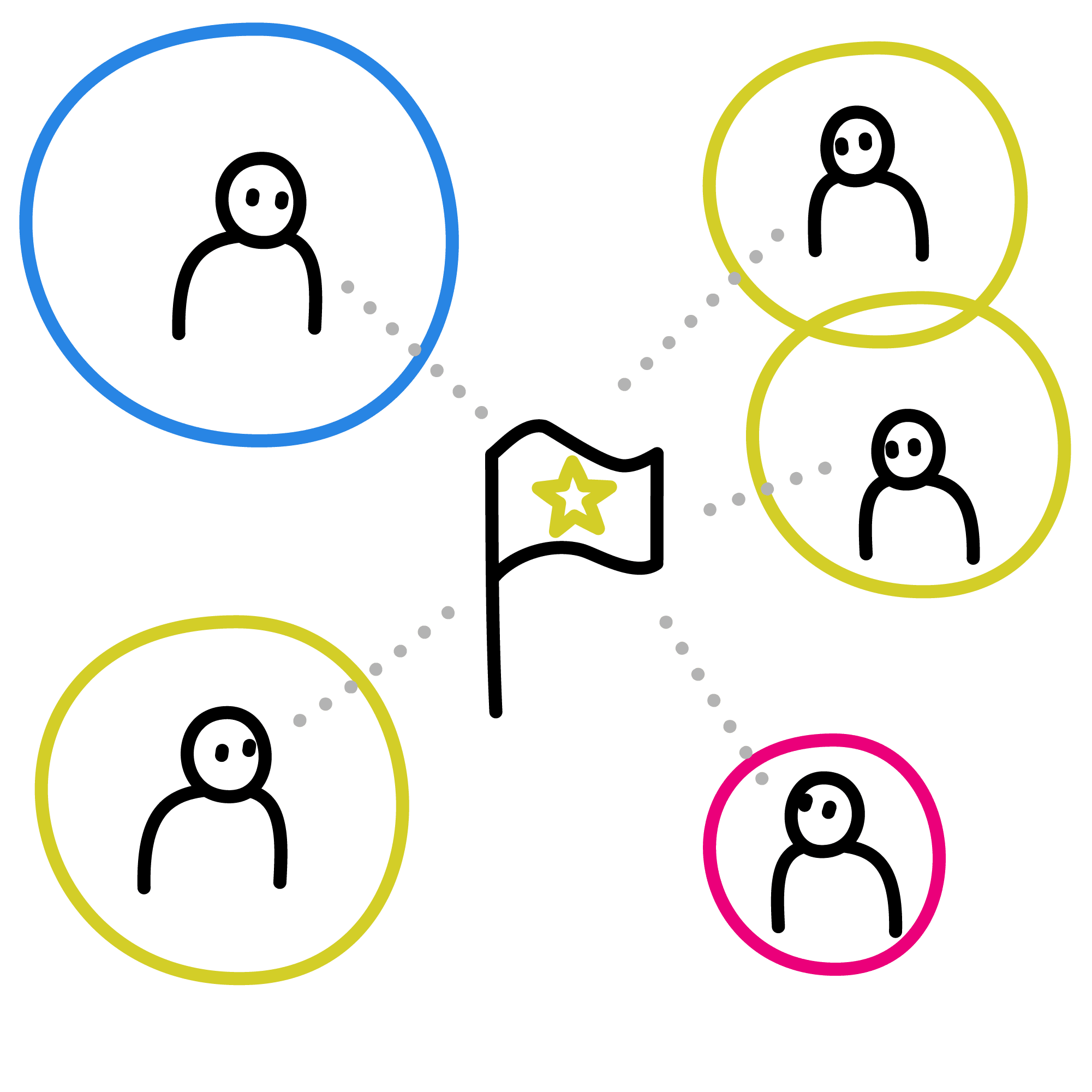Aligning for success
Achieve business success through team alignment
Tuesday, October 1, 2024
Teams are the most critical mechanisms in any organization, and almost any goal is achievable when they work. When teams don’t function well, hours are wasted, deadlines are missed, lackluster outcomes abound, and misunderstanding is usually the root cause. Team alignment for success is crucial for seasoned executives, startup teams, distributed workgroups, and even humble 1-1 partnerships. All require constant alignment and realignment to operate at their best.
What alignment looks like
When imagining alignment for success within a group, it is common to envision conformity or uniformity of thought and action, but it’s more productive to think of alignment as understanding. Aligned teams create a shared understanding of:
A current risk or problem
“We all see the same issue and work to create a holistic understanding.”
A future opportunity or vision of what could be
“We can envision similar outcomes of the work ahead.”
Actions, accountability, and next steps
“We understand the job to be done and our roles as a team.”
Shared ways of working
“Our work style and outputs are understood, compatible, and cross-pollinating.”
Aligned teams often share the same goals and outcomes but not a common view of how to achieve them. The strongest teams present varied perspectives to address problems and use those differences to generate a coordinated effort to solve them.
Gauging alignment
It can be challenging to gauge team alignment. It requires deft observation and listening. Looking for clues of understanding and agreement, or, on the other hand, confusion, frustration, and dissent. Here are some characteristics to watch for:

Assumptions or unclear details
“Wait, I thought I had another week?!”
Competing priorities emerge
“I’m only focused on cutting costs.”
Resistance to feedback
“I don’t see why we need to change my plan.”
Dismissing the ideas of others
“Anyway, what I was saying …”
Sticking to outdated plans
“This is the plan, and I’m sticking to it.”
Undermining others
“I don’t think you get it—I’ll handle it.”
Working in isolation
“That sounds like a ‘you’ problem.”

Team members confirm understanding
“We’re all set to complete by Friday, right?”
Focused on the same objectives
“Our priority is improving customer experience.”
Ideas that build on one another
“Yes, and …” and “That’s great—we could combine these features.”
Listening hard and asking clarifying questions
“Would you please explain why?”
Adjust plans to suit
“Let’s reorganize to make it work better for everyone.”
Mutual trust in expertise
“I trust you—you know best.”
Offering help
“What can I take off your plate so you can focus on your goal?”
Alignment strategies that work
![]() Alignment is one of the most common challenges within organizations, and it’s likewise one of the first and most impactful outcomes of working with Territory.
Alignment is one of the most common challenges within organizations, and it’s likewise one of the first and most impactful outcomes of working with Territory.
To effectively align groups of people for success, especially in dynamic professional environments, it’s crucial to implement strategies that foster clear communication, build trust, and ensure everyone is working towards a shared vision. Achieving alignment requires a thoughtful approach that balances clarity, collaboration, and adaptability.

1. Establish a clear vision and purpose Start by communicating the big picture to ensure everyone understands the overarching goals and the purpose behind them. Say it. Write it down. Draw it out. Provide context that aligns their efforts with a broader mission. Break down the vision into specific, measurable objectives that each group or individual can contribute to, making it easier for everyone to see how they fit into the overall plan. Most importantly, repeat the vision often so that it becomes cemented within your teammates’ minds.

2. Foster open communication Encourage dialogue by creating an environment where people feel comfortable sharing ideas, feedback, and concerns. This openness helps identify early misalignment and encourages respect for others’ perspectives. Regularly update the team about progress, changes, and new developments to ensure everyone remains on the same page. Seek out and respond to questions and feedback.

3. Build trust and collaboration Promote teamwork and collaboration to build trust and understanding. Recognize and reward contributions from all, reinforcing the value of working together and maintaining a unified direction.

4. Clarify roles and responsibilities Clearly define roles so each person knows their responsibilities and how they fit into the overall plan. This clarity prevents overlaps and gaps in responsibility. Additionally, encourage accountability by holding individuals and groups responsible for their roles and ensuring they understand the impact of their contributions.

5. Encourage flexibility and adaptation Be open to change and willing to adapt plans based on feedback and new information. Flexibility helps maintain alignment even as circumstances evolve. Promote continuous improvement by encouraging a mindset of learning and growth, which keeps the group aligned with evolving goals.

6. Use visual tools Visualize the plan using charts, diagrams, or dashboards to represent the goals, progress, and roles. This makes it easier for everyone to see how their work fits into the bigger picture. Additionally, storytelling can be used to make the vision more relatable and memorable, helping people feel more connected to the goals.
It takes a team
Aligning for success is a team sport. Good leadership is essential, but it can only take you so far. True alignment and success come from the collective effort of the entire team. When everyone is engaged, aligned, and working toward shared goals, the result is far greater than any individual contribution. Leadership sets the direction, but it’s the collaboration, trust, and commitment of the team that drives real progress.
Everyone benefits from facilitation
Don’t hesitate to seek support—everyone benefits from facilitation. Aligning teams, especially in complex projects, often requires outside perspectives to bring clarity and focus. Facilitation creates the space for productive conversations, helps to connect the dots, and ensures everyone is informed and aligned.


